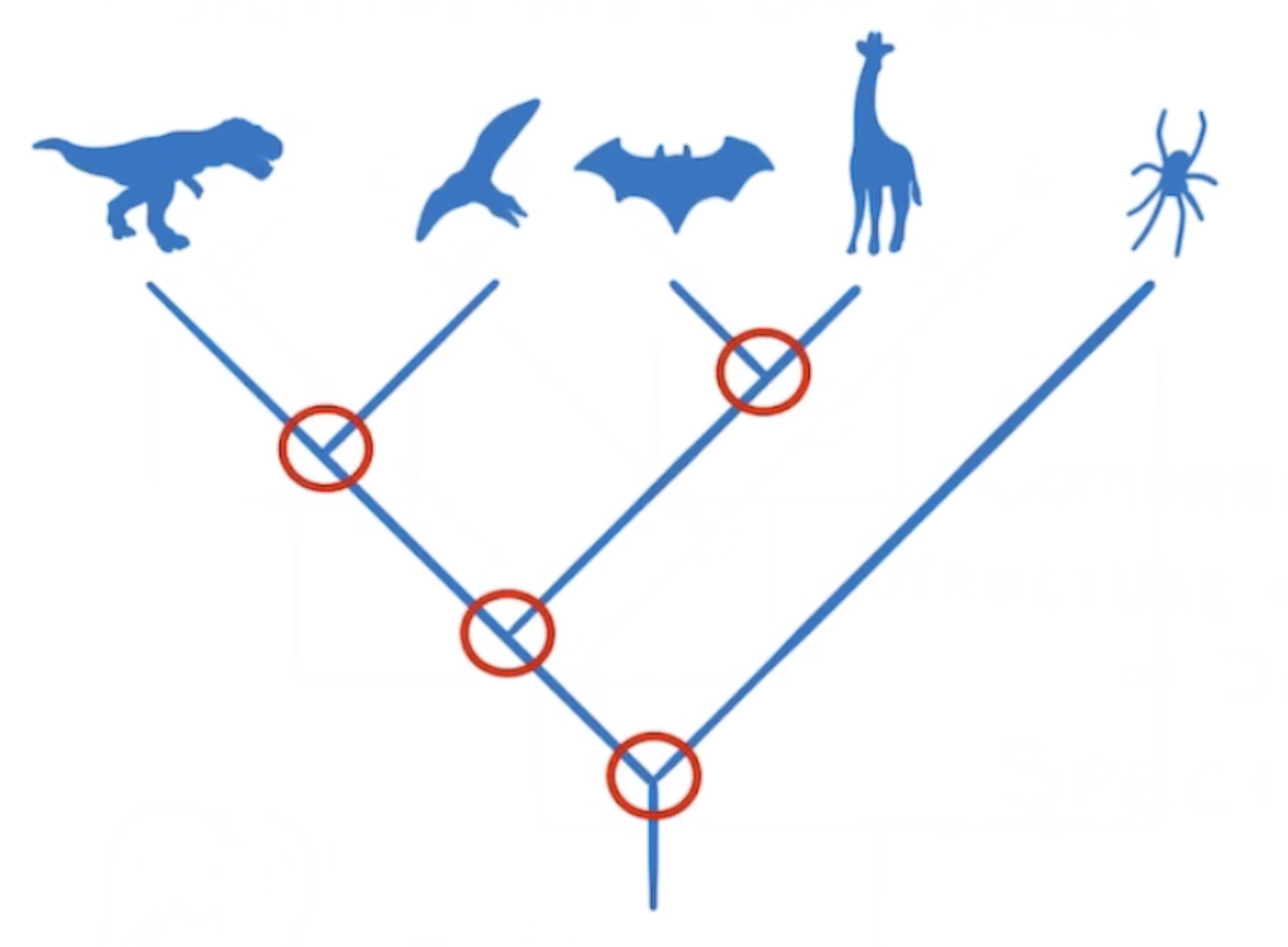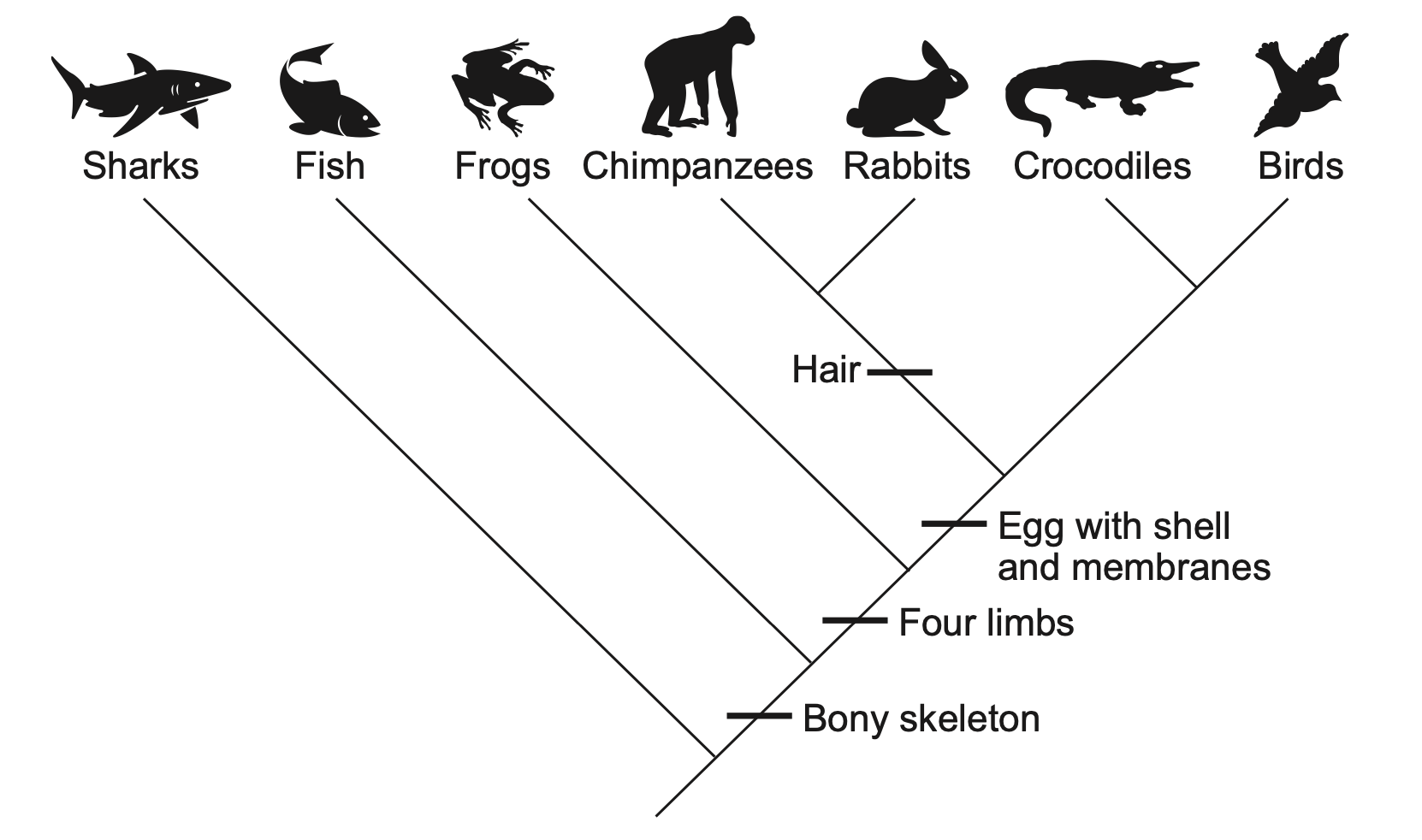Classification
This lesson covers:
- Why we need classification systems
- How Carl Linnaeus classified living things into groups depending on their structure and characteristics
- The order of the groups: kingdom, phylum, class, order, family, genus, and species
- What the 'binomial naming system' is, and why it's important
- Why Carl Woese introduced 'domains'
- What 'evolutionary trees' are
What is the advantage of using a binomial system to name species?
(Select all that apply)
Each species has a unique name
It lets scientists discuss individual species
It uses Latin words
There are two names to remember rather then one
|
Which 18th Century scientist developed the traditional classification system for classifying living things?
Carl Linnaeus
Carl Woese
Gregor Mendel
Charles Darwin
|
Which international system is commonly used to classify organisms?
The Linnaean classification system
The group creation system
The binomial naming system
|
What is the correct order of groups in the Linnaean classification system?
kingdom, , class, , family, , species.
|
Which two groups in the classification system are used in the binomial naming system?
Order
Class
Kingdom
Species
Genus
|
What is the binomial name for humans?
Felis tigris
Homo sapiens
Mammalia primates
|
How do we write the binomial name of a species?
(Select all that apply)
All lower case except the first letter of the genus
All in uppercase (capitals)
All in bold
All in italics
|
The binomial name for grey wolves is Canis lupus.
What are the species and genus names for the grey wolf?
Species name is lupus
Species name is Canis
Genus name is lupus
Genus name is Canis
|
Which 20th century scientist used microscopes and modern technology to develop the three domain system to classify organisms?
Gregor Mendel
Charles Darwin
Carl Linnaeus
Carl Woese
|
Carl Woese developed the three domain system to classify organisms. What are the three domains?
Archaea
Protoctists
Bacteria
Animals
Eukaryotes
Plants
|
Which of the following are considered Eukaryotes?
(Select all that apply)
Plants
Bacteria
Archeae
Animals
Protoctists
Fungi
|
What do evolutionary trees show?
The importance of natural selection within an organism
The relationship based on binomial classification
The evolutionary relationship between the organisms being studied
|

What do the branch points show on an evolutionary tree (circled red in the above diagram)?
When species become extinct
The introduction of a new competitor
The divergence of a single population/species into two separate populations/species
|
 |
The diagram above shows an evolutionary tree for some groups of animals. It also shows when some characteristics first evolved. |
Which group is most closely related to crocodiles? Sharks Rabbits Birds Fish
|
Which group(s) of animals have hair? (Select all that apply) Chimpanzees Rabbits Birds Sharks
|
Which group has a bony skeleton but no limbs? Fish Birds Rabbits Shark
|
|